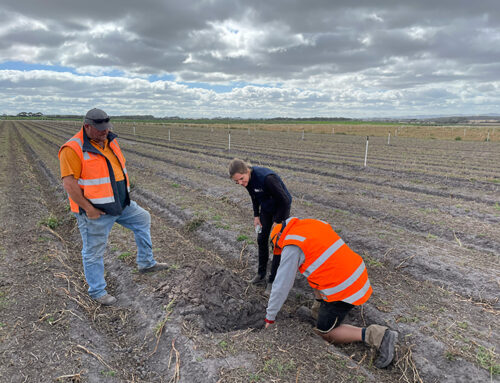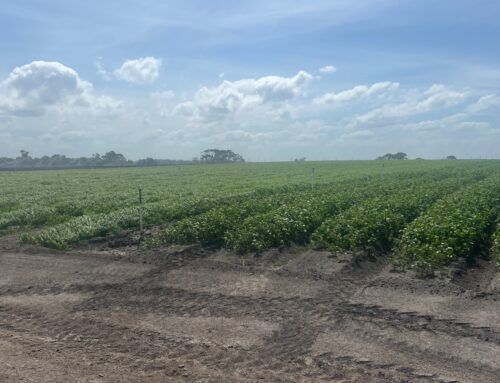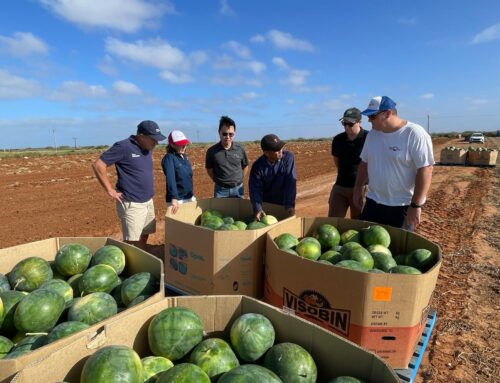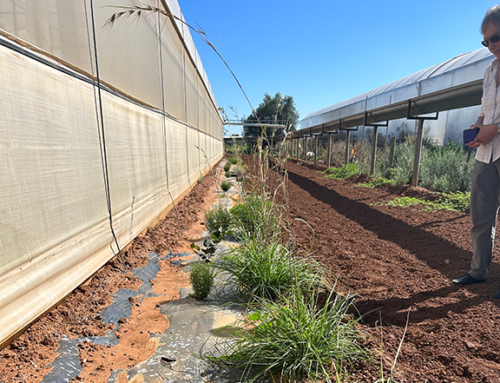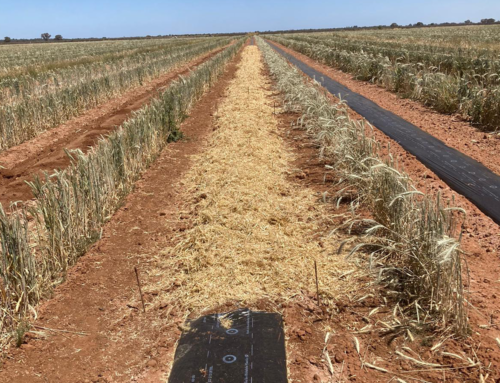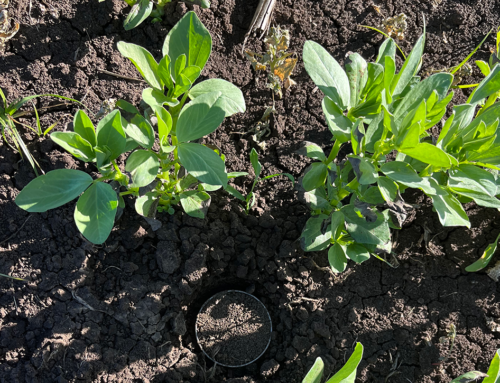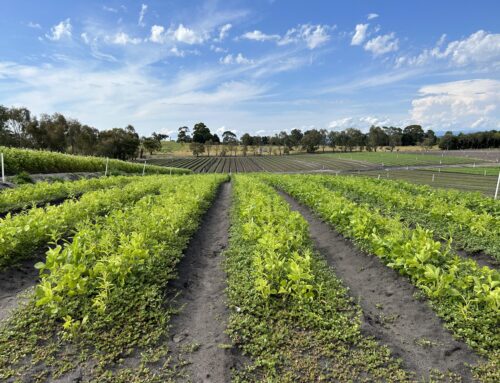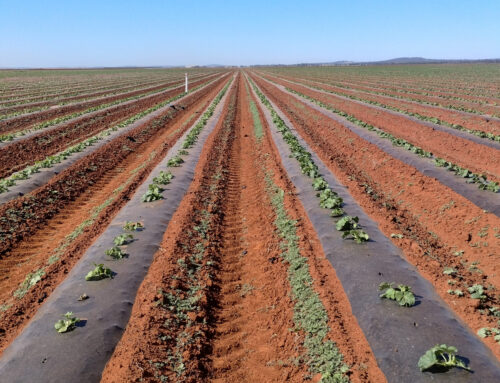Sorghum (Sorghum bicolor), sudangrass (Sorghum sudanense) and their hybrids (S. bicolor X S. sudanense) are popular summer cover crops. They provide excellent protection of the soil against summer storms, are drought and heat tolerant, good at suppressing weeds and recovering nutrients from depth, and can add large amounts of biomass back into the soil.
Sorghum species are also an excellent break crop for most vegetable growers and are useful as part of an Integrated Crop Protection (ICP) approach.
Tips for selecting your sorghum cover crop
- Choosing resistant, non-hosting cover crops is the most reliable way to supress pests and diseases, e.g., sorghum x sudangrass hybrid ‘Jumbo’ for root knot nematodes; sudangrass for soilbourne diseases.
- For a break crop to work, you must ensure volunteers and related weeds are well controlled
- Use biofumigant cover crops only if you are prepared to manage their growth and incorporation to maximise the biofumigation activity.
- While most sorghum species will have some biofumigation activity, the only breed sorghum biofumigant cultivar (‘Fumig8tor’) is no longer available.
- Sudangrass cultivars have finer stems and less bulky root crowns, making them easier to manage. The cultivar sudangrass ‘scavenger’ has been selected for use as a cover crop.
- For general cover crop and soil health benefits, choose the locally recommended forage sorghum for maximum biomass production.


